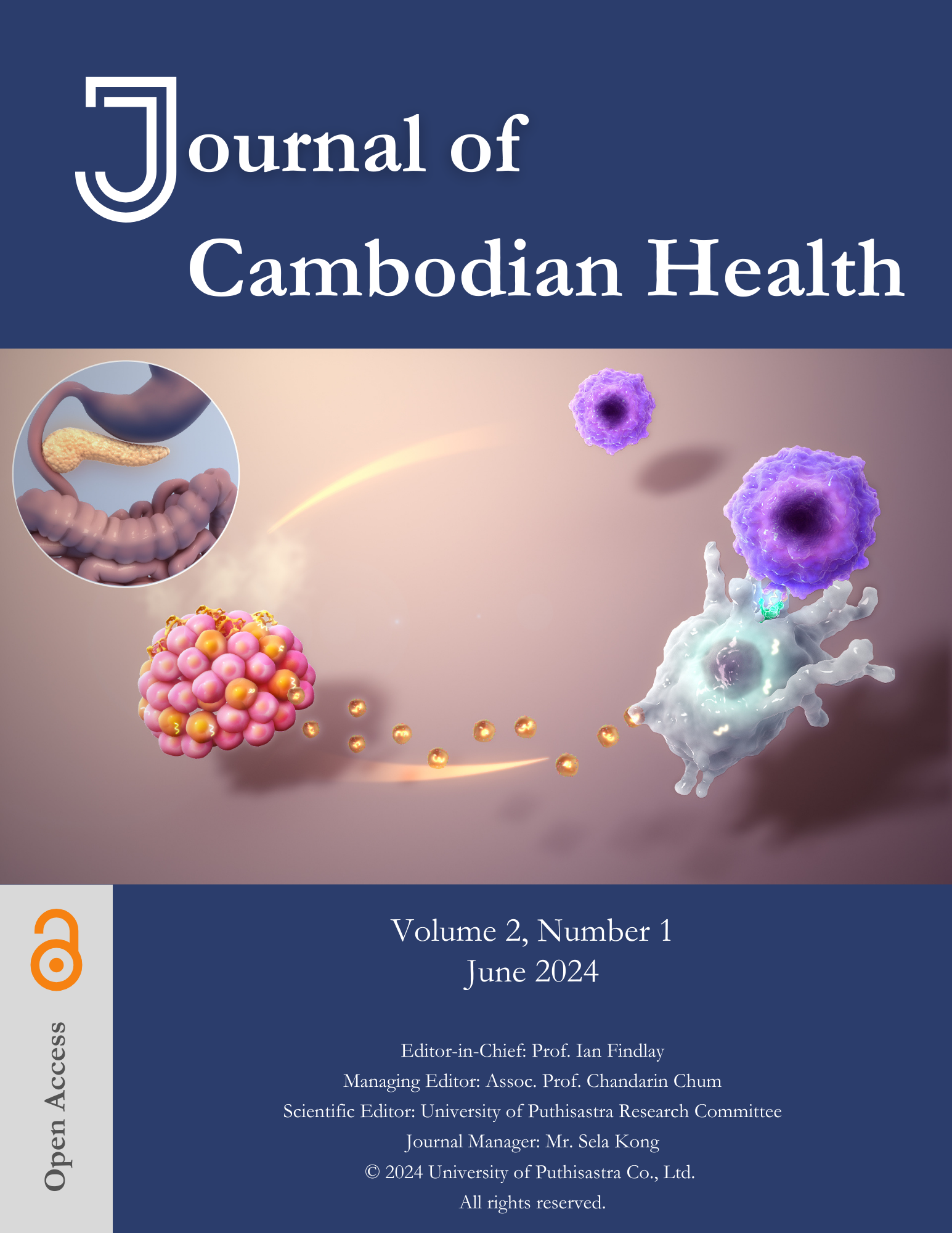Abstract
Seafood is a rich nutritional food. It provides a healthy source of protein, minerals, and vitamins. To extend shelf life, formalin was added to seafood. Formaldehyde, or formalin, is an organic compound and has been widely used as a preservation food. The concentration of formaldehyde was considered according to food safety and human health. The aim of this study was the identification and determination of formaldehyde in fresh seafood from Cambodia’s local market. The three samples of seafood—shrimp, squid, and short mackerel were analyzed using the UV spectrophotometry technique where the absorbance of formaldehyde was detected at 412 nm. Therefore, squid contains formaldehyde in the range of 3.199-0.164 mg/kg, shrimp 0.174-0.134 mg/kg, and short mackerel 0.168-0.140 mg/kg, following the findings of the formaldehyde investigation. The accuracy was presented as a recovery percentage. It exceeded 95%; that was between 80-120%, which represents good accuracy. In conclusion, the presence of formaldehyde in seafood and other foods should be properly investigated and monitored to detect this harmful chemical.

This work is licensed under a Creative Commons Attribution-NonCommercial-ShareAlike 4.0 International License.

